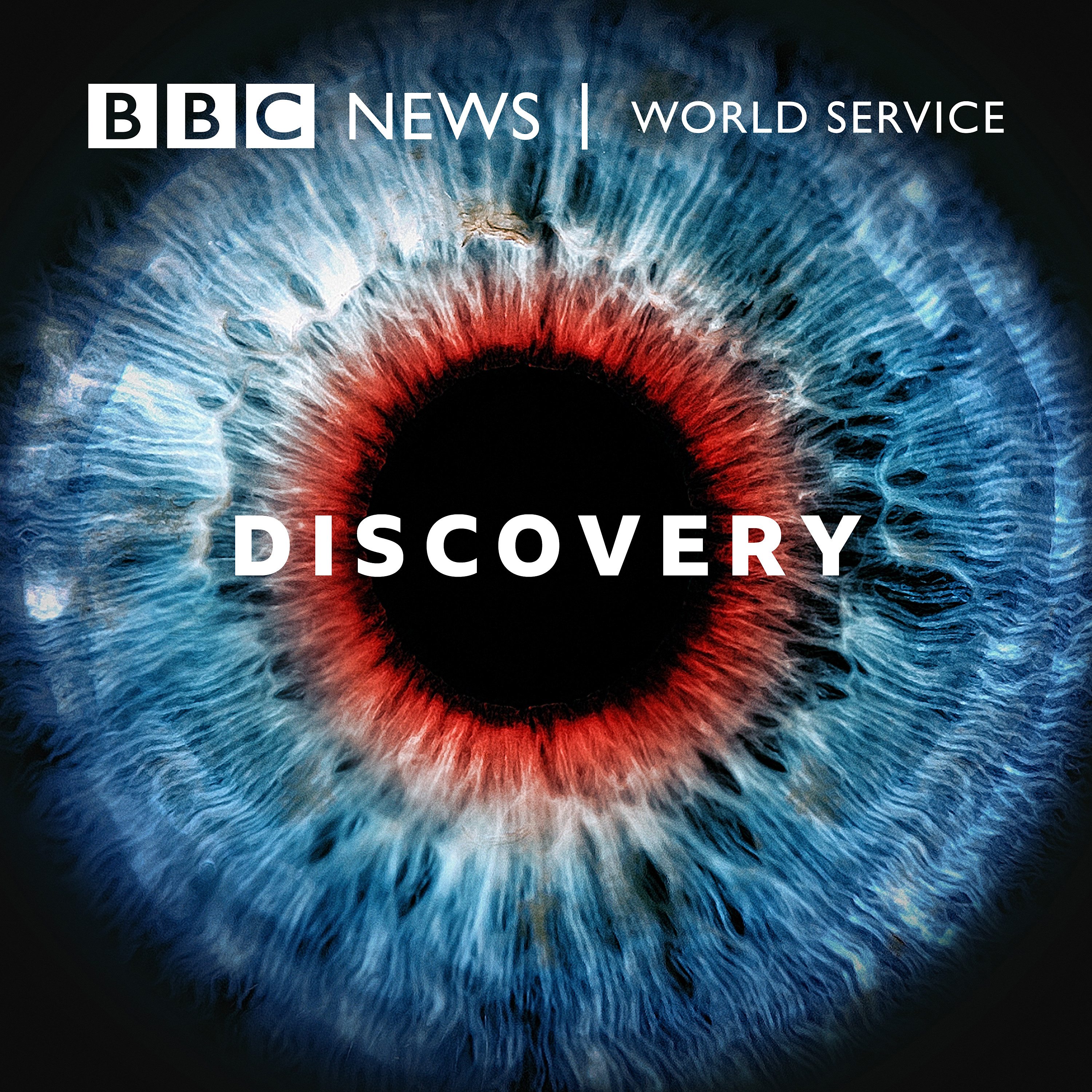Science Stories: Series 3 - Making the Earth Move

Prior to 1543 it was generally believed that the earth lay static in the centre of the universe, while the Sun, moon, planets and stars revolved around it in various complex paths, some even looping back and forth, as described by the Egyptian astronomer Ptolemy over a millennium before. This Ptolemaic system sat comfortably reconciled with philosophy and biblical scripture, not to mention immediate experience and observations. In the 16th century astronomy and astrology were closely intertwined, as the art of predicting where the small dots of light on the night sky would appear had consequences if you were the sort of person who based your actions on horoscopes. But astronomers didn't have the right to start telling philosophers and theologians how the universe was actually constructed - what its mechanisms were - they merely observed the moving dots of light and used mathematics to predict where they would be the next night, week or month. This was an essential function for the Catholic church too - as the all-important date of Easter is based around a complicated lunar pattern. But also at that time in northern Europe, Martin Luther and others had begun a protestant revolution, fundamentally questioning the authority of the Pope and Vatican. It was an auspicious time for a fairly middle ranking Catholic cleric, Nicolaus Copernicus, working in a remote corner of northern Poland to drop a note around telling other astronomers that he'd worked out a new system that made for better astronomical calculations by making the moon travel round a spinning earth, and the earth and all the planets travel around the Sun. If that were the true shape of the universe, the bible could no longer be literally true. It took 30 years, but eventually a keen young Austrian mathematician convinced him to publish his book. So a German radical protestant published a book by a mild-mannered Polish Catholic cleric, a book that allegedly simplified the cosmos, rightfully placing the Sun at the centre of our local universe, kicking off the scientific revolution and leading to the European enlightenment. But as Phil Ball explains, the real story of 'De Revolutionibus Orbium Coelestium' - 'On the Revolutions of Heavenly Spheres' - is not quite as straight forward as all that. Image: © BBC